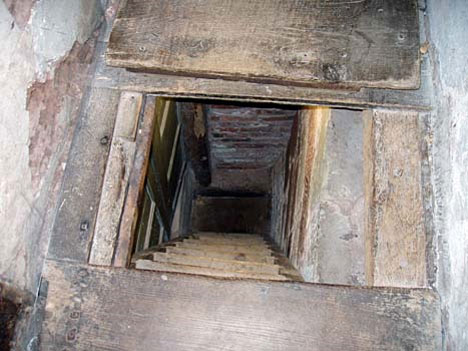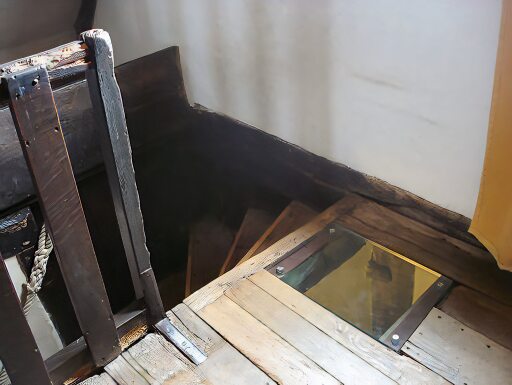
Cours Mirabeau, Aix-en-Provence
Zelo zelatus sum pro Domino Deo exercituum

A particularly striking scene at the abbey was Compline, or the night prayers of the monks. Each of them had a small lamp above his choir seat which he would use if he needed to recall the words for reading. But as they came to that part of the prayer which they knew, one by one the lights would go out. The long narrow chapel was then in total darkness, except for the great large window at the far extreme above the main altar, where there was a stained-glass window of the Blessed Mother surrounded by angels and saints. As the evening prayer progressed until finally they came to the hymn of Our Lady, Salve Regina, the illumination of the window gradually increased, until at the close of the song and the night prayer it was a veritable blaze of glory. Here were over two hundred strong men as full of passion as and perhaps more full than their fellow men in the world, who all were in love with the same Woman--without jealousy--and in whom they all trusted to make them more like her Son.
With incomparable skill, he knew how to conduct priests to a place of safety along subterranean passages, to hide them between walls and bury them in impenetrable recesses, and to entangle them in labyrinths and a thousand windings. But what was much more difficult of accomplishment, he so disguised the entrances to these as to make them most unlike what they really were. Moreover, he kept these places so close a secret with himself that he would never disclose to another the place of concealment of any Catholic. He alone was both their architect and their builder, working at them with inexhaustible industry and labour, for generally the thickest walls had to be broken into and large stones excavated, requiring stronger arms than were attached to a body so diminutive as to give him the nickname of 'Little John,' and by this his skill many priests were preserved from the prey of persecutors. Nor is it easy to find anyone who had not often been indebted for his life to Owen's hiding-places.--Fr. Tanner, Vita et Mors




the Naworth Castle pries thole may have been built during the time of Lord William Howard (1563-1640) who lived through The Reformation. Imprisoned no less than three times on suspicion of treason whilst still in his 20's and having seen his father Thomas Howard executed in 1572, William Howard was only too well aware of the dangers of being a practising Catholic in England at that time. He lived at Naworth Castle with his family from 1602 until shortly before his death. The priest hole can be found behind the panelling of the chapel in what is known as Lord William's Tower.Oxburgh Hall (video)



On her was placed a headgear on which the points of condemnation, that her detractors repeated unceasingly, were written: "heretic, schismatic, relapser". What pain is more vicious for the true servants of the Church than that of feeling isolated at the end of their lives, rejected by their authorities at the same time in which places of honor are often granted to those who mistreat the essential truths of the Faith?Those aware of the crisis in the Church will understand well.